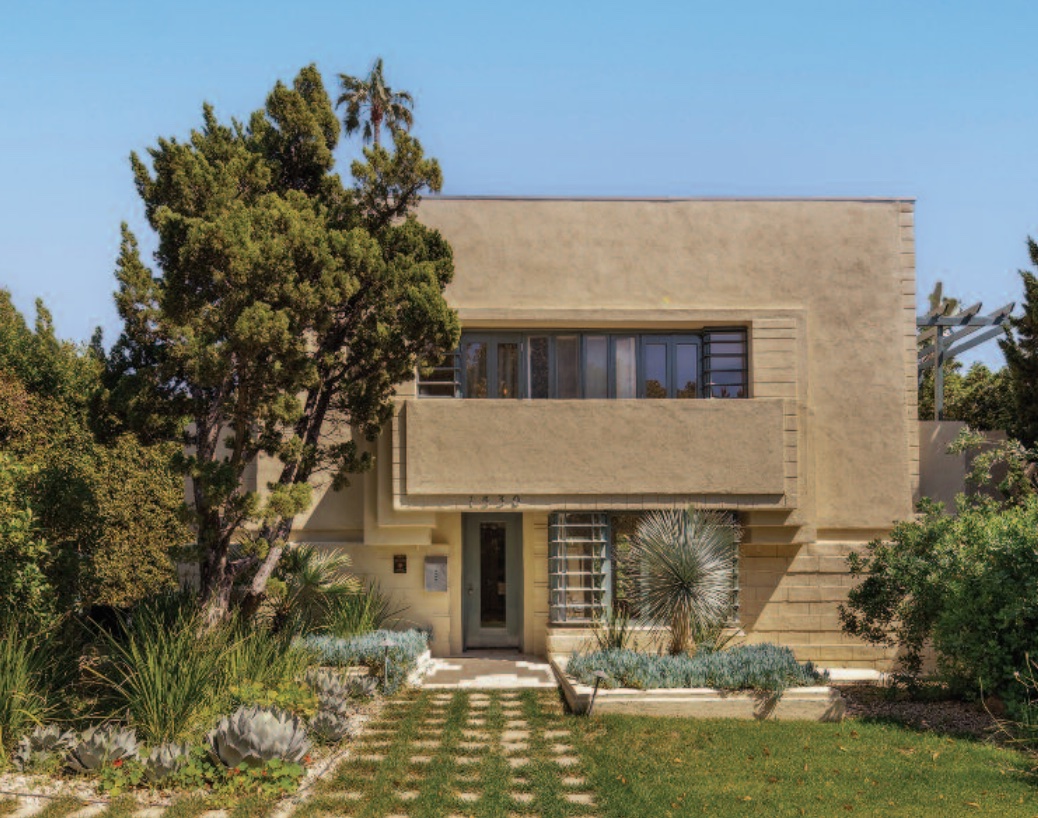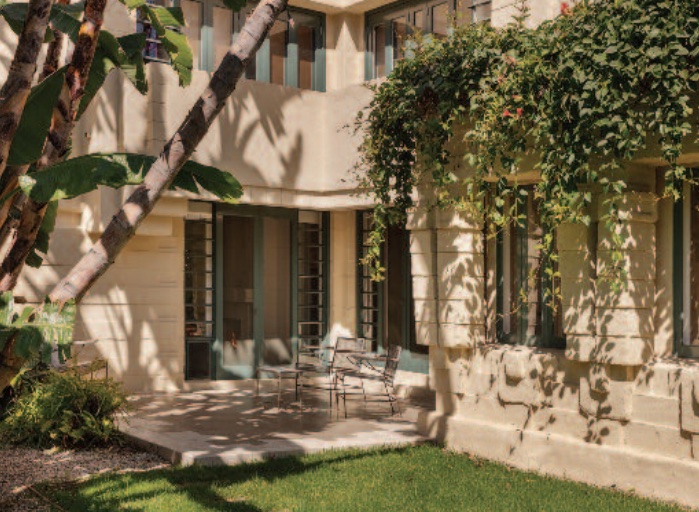No video provided.
Master In His Own Wright
 Lloyd attended the University of Wisconsin even longer than his father had before dropping out. His first attempt at an independent career led him to Boston and the landscape firm of Olmsted and Olmsted. Specializing in botany and horticulture, he continued to pursue the interrelation of landscape to building throughout his life. In fact, few western architects, including his father, had such an abiding insight into how a building interfaces with nature.
Lloyd attended the University of Wisconsin even longer than his father had before dropping out. His first attempt at an independent career led him to Boston and the landscape firm of Olmsted and Olmsted. Specializing in botany and horticulture, he continued to pursue the interrelation of landscape to building throughout his life. In fact, few western architects, including his father, had such an abiding insight into how a building interfaces with nature.
He settled in Southern California with his brother John around 1913. Landscape design led him to work with Irving Gill, another master architect and probable mentor to his later design career. A stint as a production designer at Paramount Studios may have injected a fantastical approach to his later architecture. When Frank Sr. came west to create the spectacular Hollyhock House for Aline Barnsdall, the father chose his eldest son to supervise construction on the house that would transform both as artists.
In addition to the Barnsdall site, Lloyd also designed the landscaping for the Ennis, Freeman and Storer houses, the first of the textile block construction methods that marked the elder Wright’s 1920 period.
Lloyd designed his first important house in the Hollywood Hills for the mother of his second wife, Helen Taggart. Throughout the 1920s, he utilized a near cinematic approach for the spectacular houses and customized gardens he created in this Eden paradise. Simplified planes and cubes set off flamboyant, sculptural elements using textile or knit blocks of concrete for his own house and studio and his other 20s residences. Hammered patinaed copper reliefs formed the primary ornamental motifs in his stark white, hillside hugging Samuel-Novarro house of 1927.
Lloyd Wright designed two successive band shells for the Hollywood Bowl and the earliest version of what we now call a strip mall, though his drive-up retail buildings looked more like world’s fair pavilions than we might recognize today. He also knew the value of conceptual designs used for publicity. Newspapers and magazines featured his plan for a Los Angeles Civic Center and a city of the future in lavish spreads for their readers. The Great Depression, however, strangled his young firm just when he reached his artistic zenith.
Remodelings, rather than total designs, made up much of his 30s output. But, like those of another noted architect of the era, and his own father, his designs from the post-war period became more expressionistic and contrarian to previous modernist architecture, using plant forms and other natural motifs in his particular architectural vocabulary. The Wayfarers Chapel of 1946 in Palos Verdes became famous for its indoor/outdoor concept that used its spectacular oceanview site as the dominant element of expression.

Google searches, however, are mostly taken over by the name of his famous father. But Lloyd’s work particularly in Hollywood—The Bollman, The Taggart, The Sowden are now recognized among the architectural treasures of Los Angeles.
His renderings remained among the finest architectural drawings ever produced. And though few buildings live up to their presentation drawing, his built results were consistently true to their graphic counterparts.
Lloyd Wright died at eight-eight, never achieving the fame he would certainly have gained from his talents had his name been, perhaps, “Lloyd Smith. DH
David Jameson closed Chicago’s ArchiTech Gallery in 2014. Jameson now works as a freelance writer and architectural historian. Upcoming are the field guide for all Bruce Goff structures and a book of architectural essays focusing on “why” famous buildings were built.